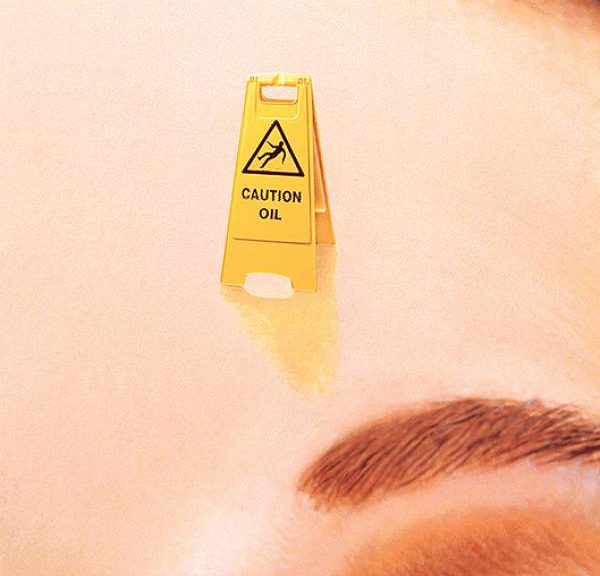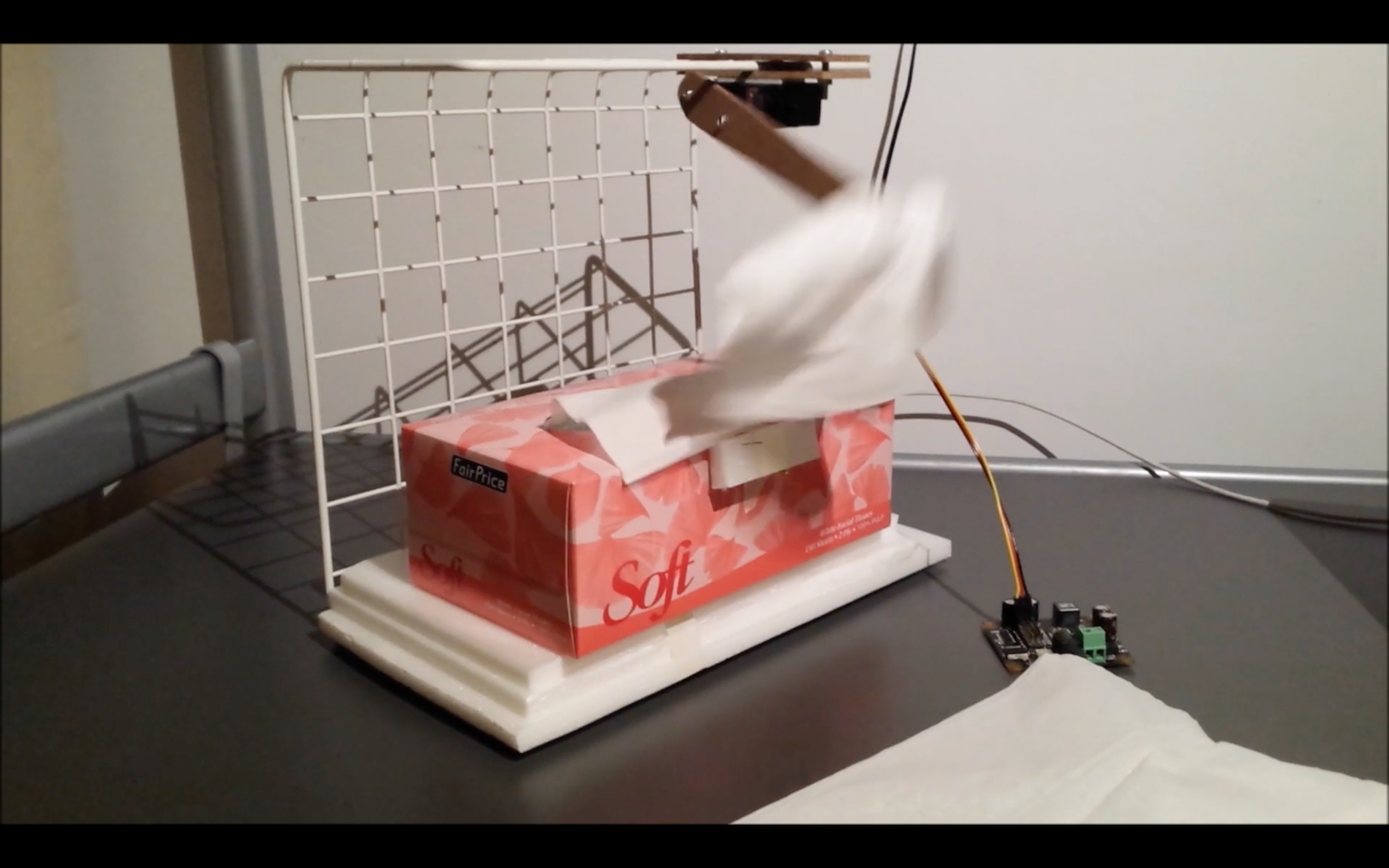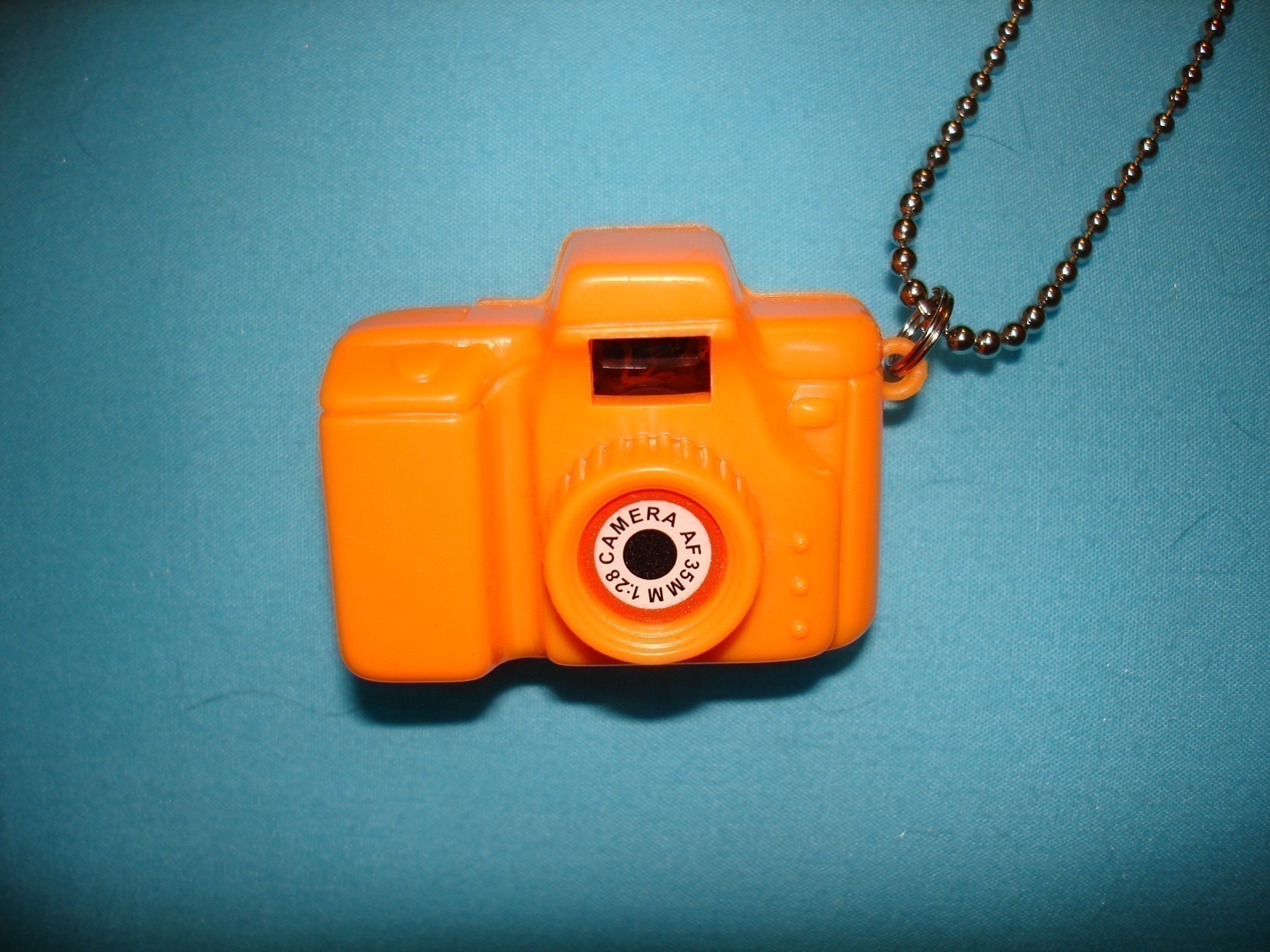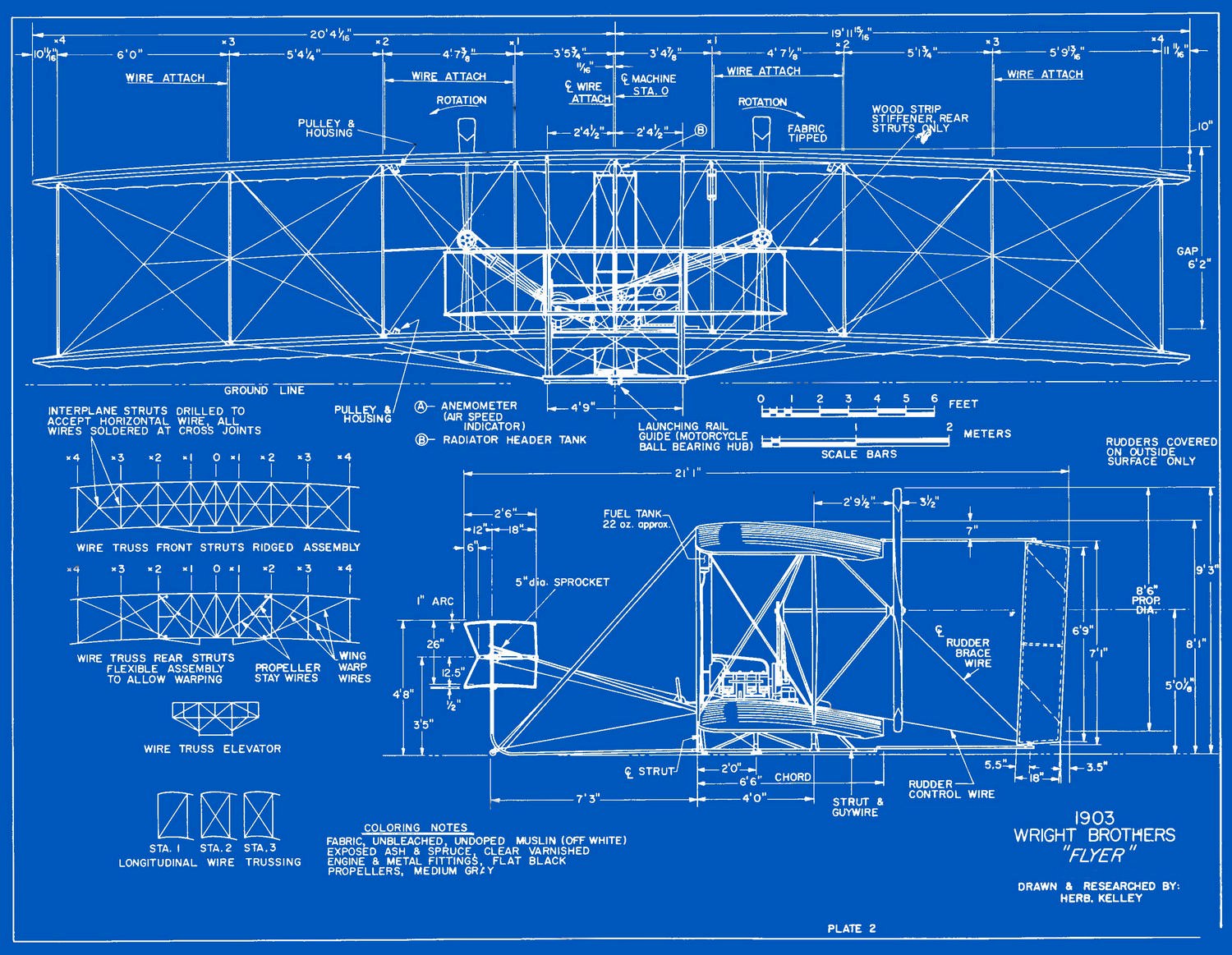Inspiration + concept
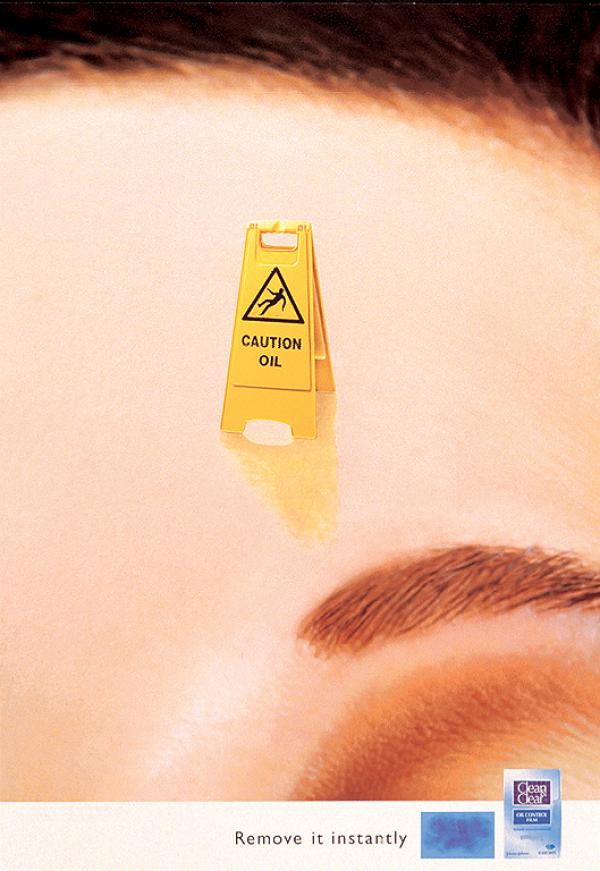
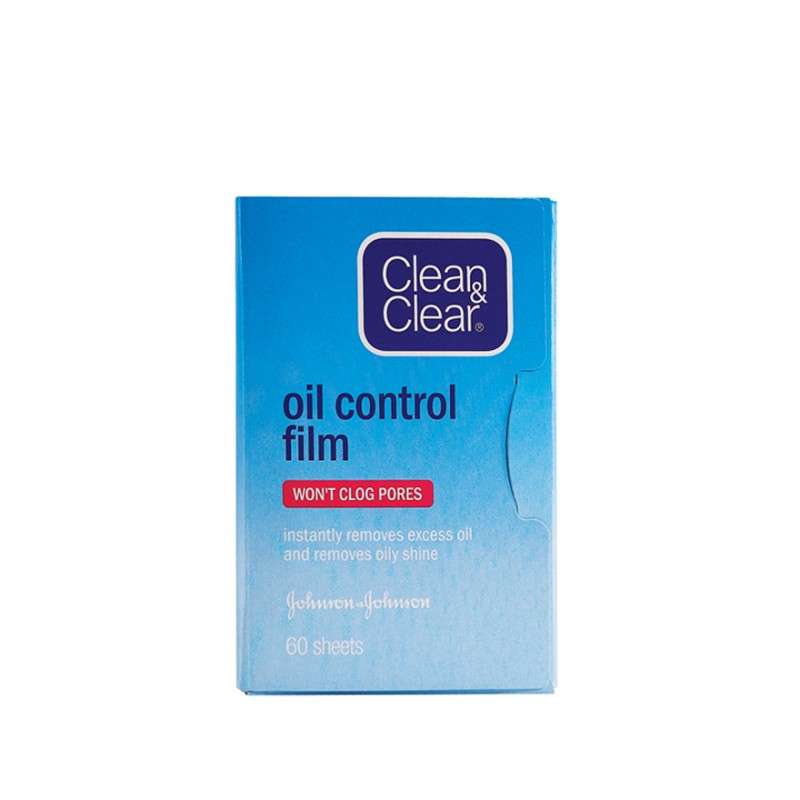
Growing up, I used to have really oily skin — a common problem in hot and humid Singapore. People with oily skin will be familiar with facial oil blotting papers to remove excess oil and sebum. Simply pull one out and gently wipe your face. The blotting paper would turn darker when it comes into contact with facial oil.
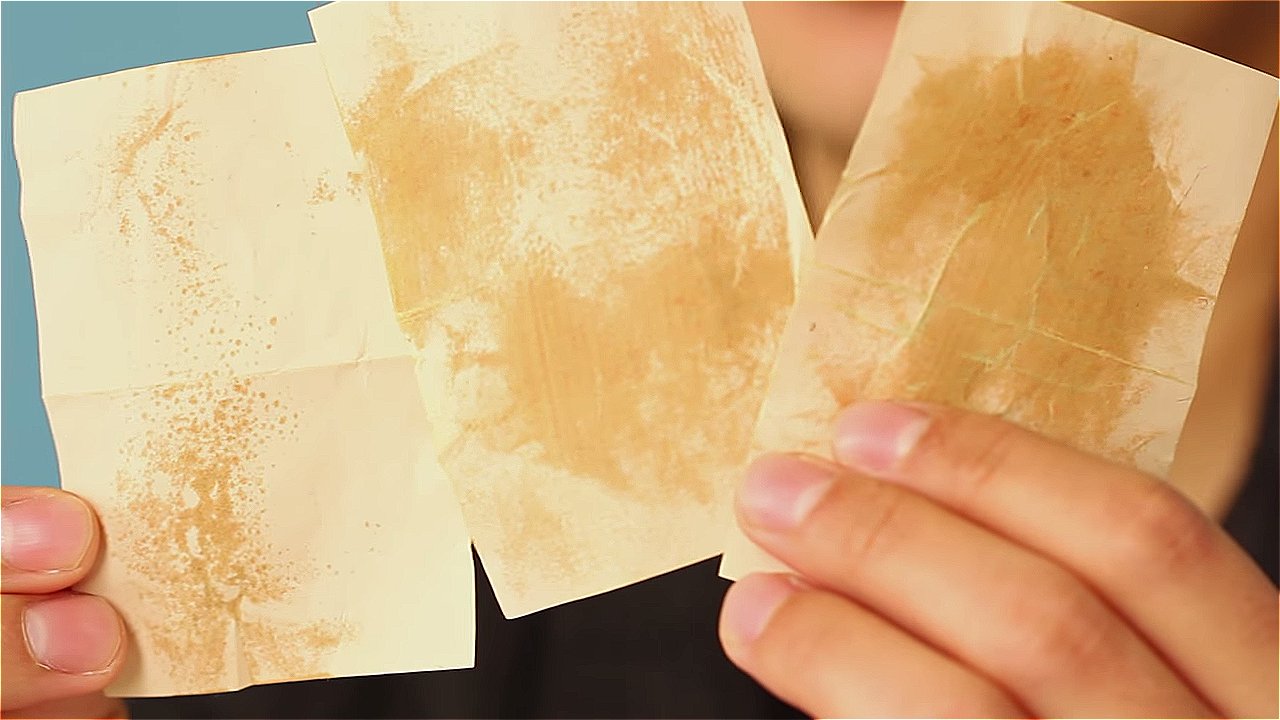
These convenient and travel-sized sheets are one of the great pleasures after a long day at work or school. Not only does your face feel refreshed, much of its appeal lies in the satisfaction of seeing the oil that was removed from your face.

I frequently used oil blotters and would be amazed on days when I filled up an entire blotting sheet! I often joked with friends that my face alone could put an end to global warming and solve the then energy crisis.
This thought serves as the inspiration for my project — I want to make a speculative device that harvests facial oil from oil blotters to convert into biofuel. This pseudoscientific machine will present a renewable, manmade source of energy which could potentially solve future energy crises.
This speculative scientific instrument is in line with my FYP and will be part of the kunstkammer. As part of my FYP, I’ve been tossing around ideas to make a ‘conversion / transformation’ machine (e.g. changing water into wine). I think this is a nice balance and also actualizes an old idea. It also subverts and combines the fleeting and frivolous beauty industry with the more serious and consequential research and development industry.
Design + Harvesting Process
The device will provide blotting papers for users and invite them to contribute their sebum oil. They will insert the used blotters into the machine and watch the ‘harvesting process’. This will result in the machine dispensing a drop of ‘biofuel’ at the end of the chain (varies depending on the amount of facial oil).
The harvesting process will be loosely based on the process of making biodiesel from waste vegetable oil.

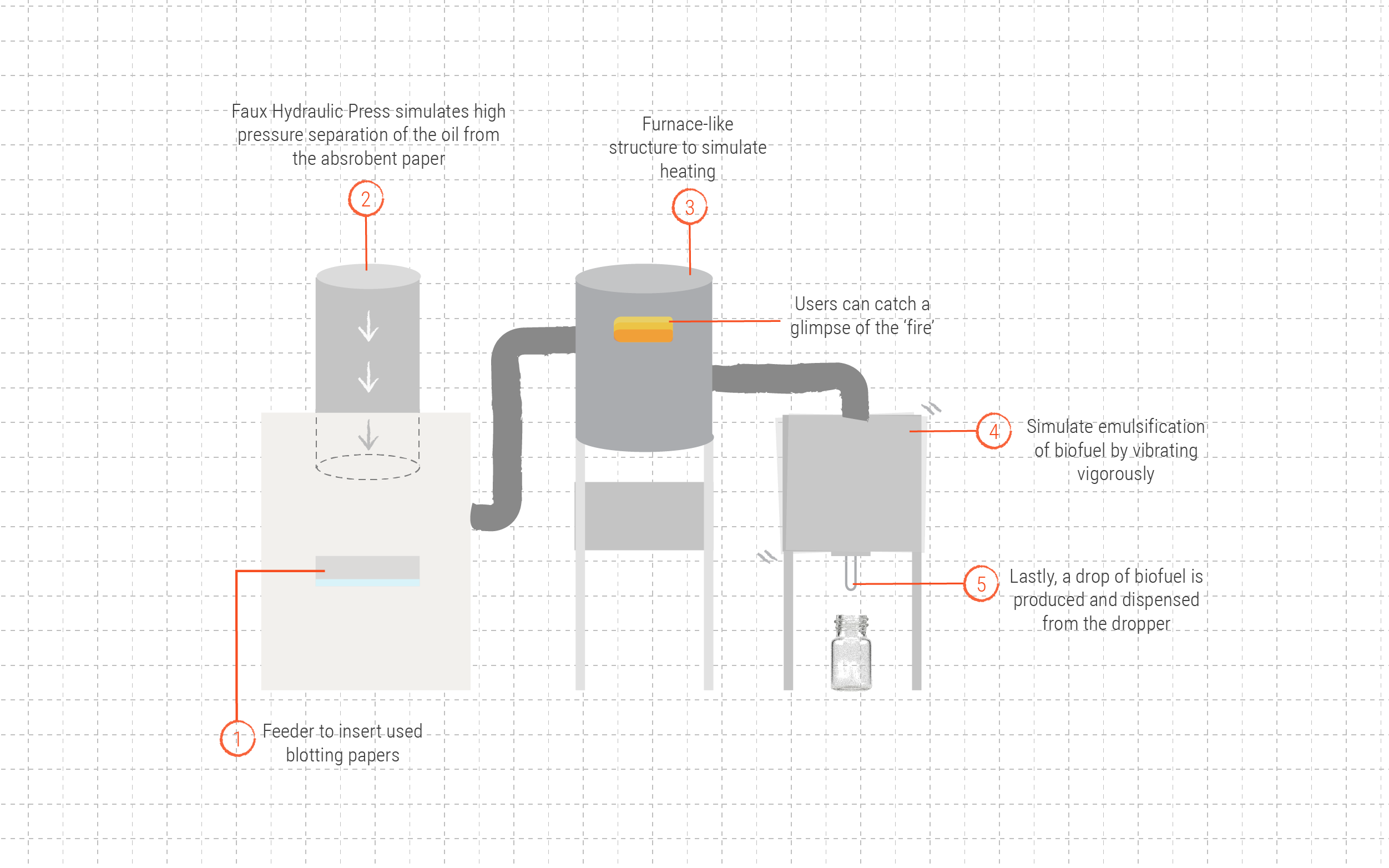
Borderline believable ( but still pretty useless )
Although ludicrous and likely a poor use of resources in real life, the concept of converting human oil to biodiesel is not that far off. With the proper setup, biodiesel can be made at home with many different base oils.

The machine is completely artificial and does not actually pass oil through the pipeline. Instead it shows snippets of the reaction process and relies on the user’s imagination to bridge the gaps. This is similar to how horror movies are more effective when a gruesome action is suggested off-screen, and heightened by the user’s imagination.
Instead of constructing a useful realistic device, the appeal of this speculative machine will lie in the ludicrous concept, tedious yet low-yield process, as well as the chain effect and motion it generates.
I plan to control the machine using max, phidgets, iCube sensors and Arduino.
Let’s solve global warming one wipe at a time. Not really.
References for making biodiesel:
https://www.thoughtco.com/make-biodiesel-from-vegetable-oil-605975
http://www.instructables.com/id/Make-Biodiesel/
